ribes
covella
15 years ago
Related Stories
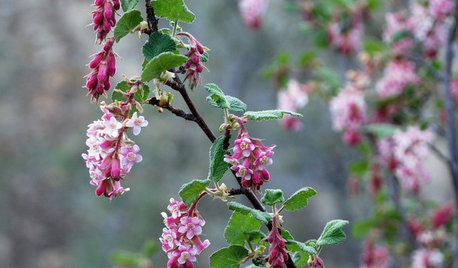
GARDENING GUIDESGreat Design Plant: Ribes Malvaceum
Plant pink chaparral currant for graceful winter tassels and an excuse to make black currant tarts
Full Story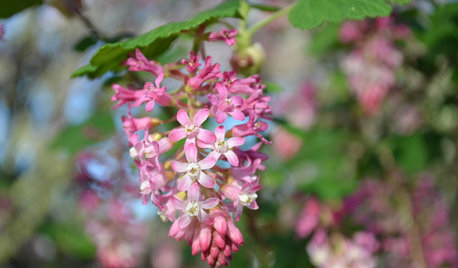
GARDENING GUIDESGreat Design Plant: Feed Wildlife With Flowering Currant
Blossoms and berries make this plant irresistible to birds, bees and other critters — and a treat for the eyes too
Full Story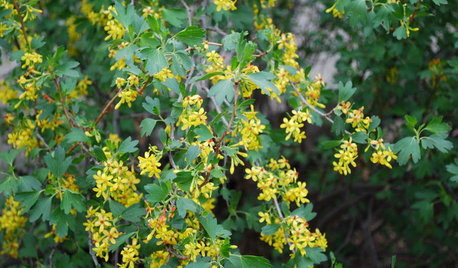
FLOWERSGreat Design Plant: Golden Currant
Cheery yellow flowers with a spicy fragrance and tasty fruit make this native plant a delightful addition to a home garden
Full Story
GARDENING GUIDES8 Native Shrubs for Year-Round Bird Feeding
It’s not just about berries. These plants provide insects for birds and seasonal interest for gardeners
Full Story
FARM YOUR YARDIf You Have Room for Only One Summer Crop ...
Get an edible that’s long on flavor even if you’re short on space, with a long-time gardener’s favorite picks
Full Story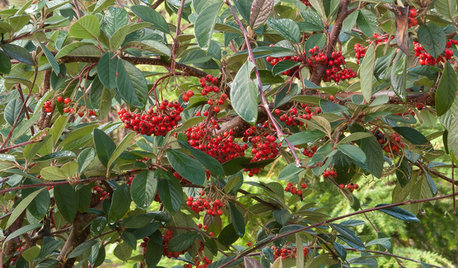
GARDENING GUIDESGreat Design Plant: Cotoneaster Lacteus
Parney cotoneaster is a low-maintenance, four-season shrub that offers great foliage, spring flowers and jewel-like berries
Full Story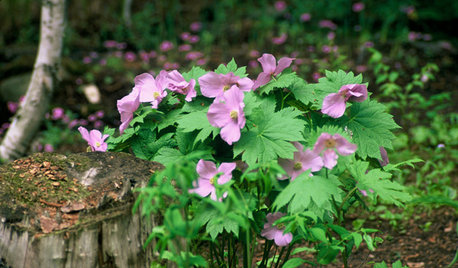
GARDENING GUIDES7 Shade-Loving Rarities of the Plant World
Cultivate a discriminating air in a shady garden patch with these uncommon woodland wonders
Full Story
GARDENING GUIDESGarden-Friendly Native Alternatives to Overplanted Exotics
There are lots of gorgeous, wildlife-friendly native plants ready to make an appearance in your garden
Full Story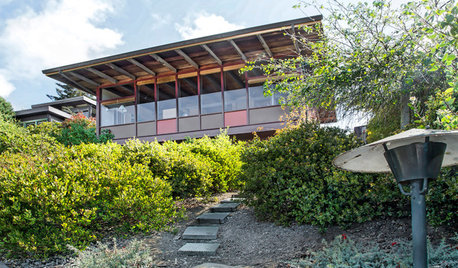
MY HOUZZHouzz TV: Love Letter to a Small Midcentury Find
A 630-square-foot 1956 home captures its owner’s heart. See it when it was new and now
Full Story
WINTER GARDENING10 Native Wildflowers to Beautify Your Winter Garden
They stand strong in wind, feed wildlife and are easy to grow. But you may want to add these plants for their looks alone
Full Story





Thyme2dig NH Zone 5
covellaOriginal Author
Related Professionals
Bridgetown Landscape Architects & Landscape Designers · Havre de Grace Landscape Architects & Landscape Designers · Barrington Landscape Contractors · Berkeley Heights Landscape Contractors · Bloomington Landscape Contractors · Fort Wayne Landscape Contractors · Panama City Beach Landscape Contractors · Petaluma Landscape Contractors · Pine Hills Landscape Contractors · Pleasant Grove Landscape Contractors · Secaucus Landscape Contractors · Vacaville Landscape Contractors · Honolulu Siding & Exteriors · Oak Park Siding & Exteriors · San Diego Siding & Exteriorsgardengal48 (PNW Z8/9)
Thyme2dig NH Zone 5
covellaOriginal Author